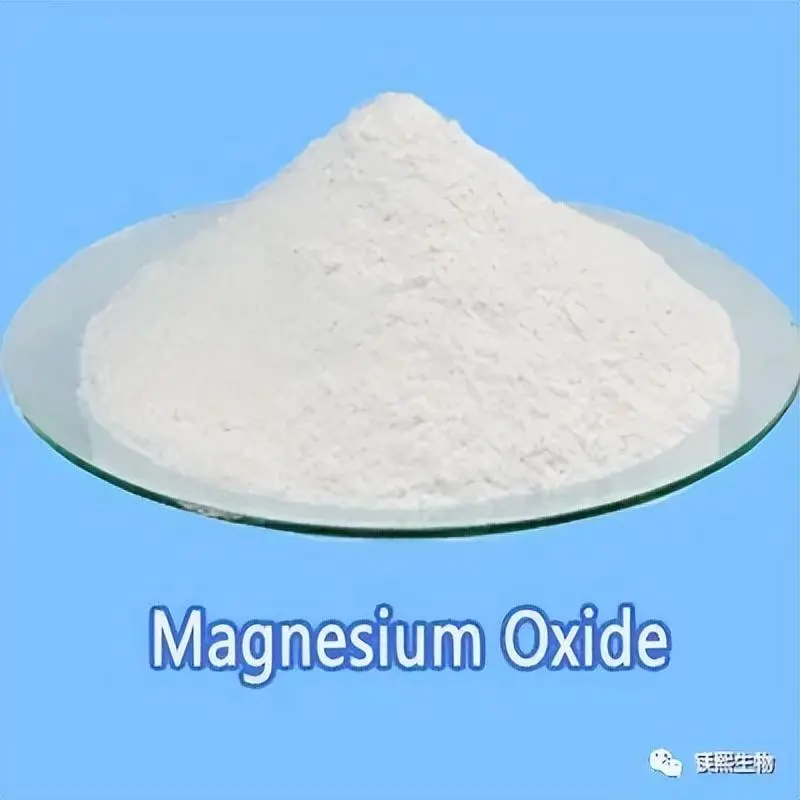Hebei Messi Biology Co., Ltd. stated that the average content of cobalt in the earth’s crust is 0.001% (mass), and the total amount of cobalt in the ocean is about 2.3 billion tons. There are nearly 100 known cobalt-containing minerals in nature, but there is no single cobalt mineral. Most of them are associated with nickel, copper, iron, lead, zinc, silver, manganese, and other sulfide deposits, and the cobalt content is relatively low. The world has proven cobalt metal reserves of 1.48 million tons, and it is necessary to study new cobalt refining equipment and processes.

Hebei Messi Biology Co., Ltd.’s high-purity active magnesium oxide achieves cobalt enrichment from low-concentration leaching solution through a staged cobalt precipitation process. Pre-treat low-activity industrial magnesium oxide for 1 hour, reaction temperature is about 50~60℃; the amount of magnesium oxide added in the first stage precipitation is 80~85% of the total amount, reaction time is 5 hours; the amount of magnesium oxide added in the second stage is 15~20% of the total amount, reaction time is 2.5 hours, and the second stage precipitation product returns to the first stage precipitation process. In the crude cobalt salt obtained through this staged precipitation process, Co/Mg is about 6, Co/Mn is about 6, and the total cobalt yield is more than 98%.
In 2004, the world’s cobalt mining volume was 52,400 tons, of which Congo mined 16,000 tons, Zambia 10,000 tons, Australia 6,700 tons, Canada 5,200 tons, and Russia 4,700 tons. The largest proven cobalt reserves in China are the cobalt associated with the Jinchuan nickel sulfide mine in Gansu. Cobalt is also found in nickel silicate ore in Yunnan and pyrite in Sichuan, Shandong, Hubei, Shanxi, Guangdong and other places. China’s cobalt metal resources are about 1.4 million tons, most of which are associated resources, and there are very few independent cobalt deposits. China’s cobalt ore has a low grade and is recovered as a by-product of the mine. Due to the low grade and complex production process in the production process, the metal recovery rate is low and the production cost is high. In 1996, China’s cobalt metal production (cobalt content) was 229 tons, cobalt sulfur concentrate production (cobalt content) was 192 tons, and cobalt oxide was 638 tons. Around 2005, China’s annual cobalt consumption stabilized at around 1,200 tons. The domestic cobalt production, including cobalt oxide converted to cobalt, totaled about 600 to 700 tons per year. The domestic cobalt production cannot meet domestic demand, and about half of it needs to be imported each year.,
